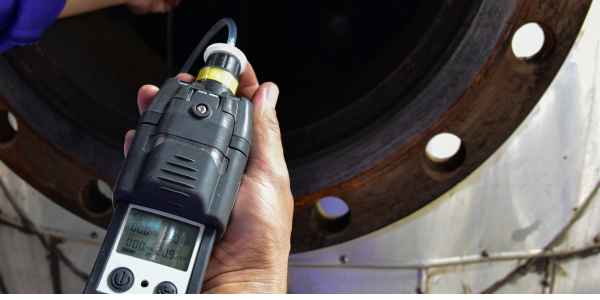
Gas sensor technology has rapidly evolved over time to deliver innovative user experiences to end-users. Now incredibly fast and accurate sensors are user friendly; becoming quicker to setup with web-based or mobile technologies as they operate with reduced power usage.
As customers make demands of their gas sensors they want more features such as performing across multiple gases while being easily integrated into these technologies while remaining power efficient.
Gas sensors are an integral component of intelligent detection systems and have numerous applications. They work by converting chemical reactions to electronic signals like resistance, frequency, current or voltage that can then be analyzed for presence or absence of certain gases. Their performance is typically evaluated based on parameters like device sensitivity, selectivity, accuracy, LOD limit of detection (LOD), resolution recovery time and reversibility.
Many traditional gas sensor technologies, including photoionization detectors (PID) and infrared (IR) sensors, require significant power consumption and complex instruments for operation. By comparison, solid-state sensors based on charge variation of materials offer lower power usage with simpler instruments – making them perfect candidates for IoT integration.
At present, most acoustic gas sensors rely on piezoelectric materials, including quartz crystal micro-balance (QCM), surface acoustic waves (SAW), and flexural plate wave (FPW) sensors. Their sensing mechanisms involve mechanical, electrical or chemical effects; out of all of them the QCM type gas sensor stands out as one of the most popular and reliable choices available today.
Acoustic Sensors
Acoustic sensor technology is also making strides forward by employing various polymers as sensing materials for VOCs and biomarkers linked to lung cancer. These modified polymers bind with targeted analytes, and sense vibrations through resonance frequencies that vary according to material and analyte; pattern recognition techniques or neural network techniques may then be applied in order to distinguish them.
With gas sensors being an essential element in modern society, its design, working mechanisms and fabrication methods all play an integral part in their performance. But other key issues like their long-term stability have presented considerable obstacles. To combat this challenge, researchers have created innovative additives to prolong sensor lifespan while optimizing process conditions to produce long-lived sensors.
To extend the application range of gas sensors, innovative sensor designs and materials must be utilized. This paper provides an overview of recent advances in gas sensor technology, such as new sensing functionalizing materials and advanced micro-machining fabrication methods, along with their outlook for the future of gas sensor technology.
Husaini Engineers Pvt. Ltd. manufacturers various gas sensors for home and industrial purposes. Get in touch with us to know how we can provide complete solutions for gas safety concerns.